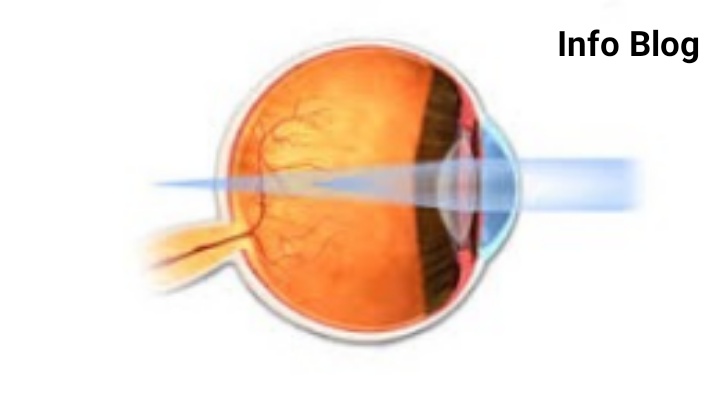Refractive Errors
 |
| Refractive Errors |
There are many misconceptions about vision. It is important to know the small details on how your eye works. These four types of refractive errors are the most common types of refractive errors in the world. It is important to know how to give accurate instructions to your patients. Here are some facts about these four types of refractive errors.
What are refractive errors?
Refractive errors are typically corrected with glasses or contact lenses. These corrective devices are called lenses. All lenses work by bending the light entering the eye. Lenses are not perfect, but the majority of people will see near the same, far better, and up close better. There are four main types of refractive errors: nearsightedness (myopia), farsightedness (hyperopia), astigmatism, and presbyopia. Nearsightedness is when the eye is too long and the rays of light entering the eye are focused in front of the retina. This will result in blurred or double vision when looking at objects that are far away. Farsightedness is when the eye is too short and the rays of light entering the eye are focused behind the retina. This will result in double vision when looking at objects that are close. Astigmatism is when the eye has both horizontal and vertical refractive errors.
What are the symptoms of refractive errors?
For some people, refractive errors are a minor inconvenience. For others, they can be a major issue. If you struggle with a refractive error, it’s important to be aware of the symptoms. Symptoms of refractive errors include headaches, double vision, and difficulty focusing on an object. If you’re not sure whether you have a refractive error, ask your optometrist. Your optometrist will take a look at your eyes and determine whether you have a refractive error. If you have a refractive error, your optometrist can help you find solutions.
What causes refractive errors?
There are four types of refractive errors that are often seen in people. These errors include: myopia, hyperopia, astigmatism, and presbyopia. Myopia is when a person has nearsightedness, which makes objects that are far away look blurry. Hyperopia is when a person has far-sightedness, which makes objects that are near look blurry. Astigmatism is when a person has an irregularly shaped cornea or lens, which causes objects to look blurry or distorted. Presbyopia is when a person's eye loses its elasticity and their eyesight becomes blurry or distorted at a certain point in life.
Nearsightedness (myopia)
 |
| Refractive Errors |
Nearsightedness (myopia) is the most common type of refractive error. It is the result of light rays being focused in front of the retina or being focused too much on the retina. This leads to blurred vision. A person with myopia has trouble seeing objects that are far away, so they must look down to see what is around them. Hyperopia is a term used to describe a person who sees objects that are far away as being blurry. It makes far-away objects appear blurred or distorted. It is the opposite of myopia. Astigmatism affects the eyes in a similar way in that it makes far-away objects appear blurry. It is caused by the cornea and lens being out of alignment.
Farsightedness (hyperopia)
Farsightedness (hyperopia) is a type of refractive error that makes nearby objects look blurry or distorted. People who are farsighted have trouble seeing close objects clearly. This can cause problems with reading, driving, and other activities.
Presbyopia
Presbyopia is a common type of refractive error that is experienced by most people as they age. It is the result of the eye’s lens losing elasticity, which is the ability to alter its shape to bring focused light to the retina. This leads to blurred or distorted vision, which is why presbyopia is also sometimes referred to as “old age vision.” This condition is not permanent, however, and there are many treatments available to help maintain vision at its best. Most people with presbyopia also experience vision changes related to age-related macular degeneration (AMD), which is a form of eye disease that can lead to blindness.
Astigmatism
Astigmatism is a common type of refractive error. It occurs when the cornea curves, resulting in the center of the lens being under the retina rather than in front of it. This can make it difficult to see objects at the edges of the field of view. It is a common problem that is often seen in people with a family history of the disorder.
Conclusion:
There are so many different factors that can cause refractive errors. That's why it's so important to visit your eye doctor to find out what is causing your refractive error. For example, myopia makes things that are far away look blurry and hyperopia makes things that are nearby look blurry. If you have any questions, please don't hesitate to contact us at ___. Thank you for reading our blog post, we hope you enjoyed it!.
Related Articles:

